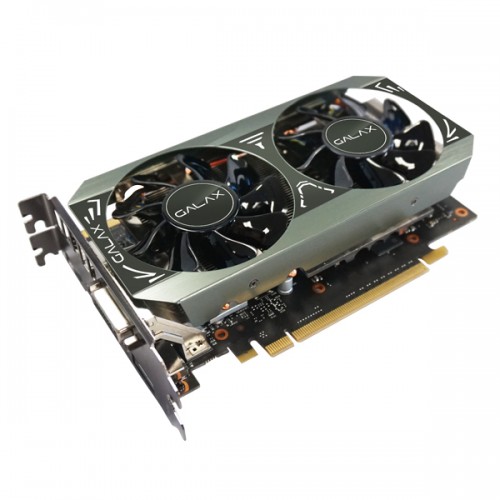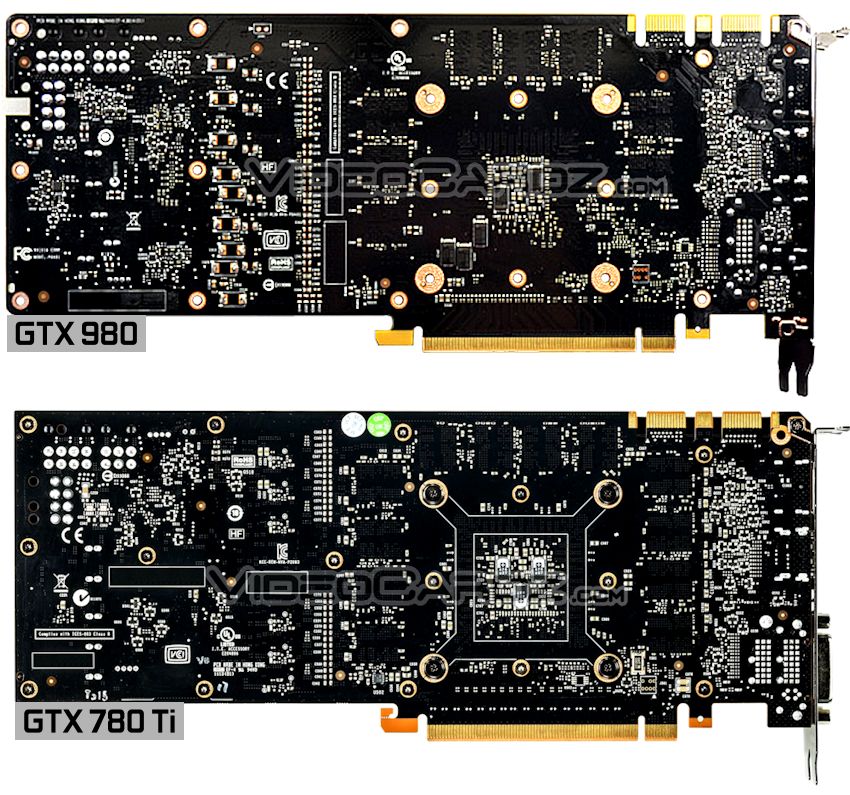

- #Geforce nvidia gtx 960 driver update how to
- #Geforce nvidia gtx 960 driver update install
- #Geforce nvidia gtx 960 driver update drivers
- #Geforce nvidia gtx 960 driver update upgrade
- #Geforce nvidia gtx 960 driver update software
Take into consideration that is not recommended to install the driver on Operating Systems other than stated ones.
#Geforce nvidia gtx 960 driver update upgrade
If the driver is already installed on your system, updating (overwrite-installing) may fix various issues, add new functions, or just upgrade to the available version. The package provides the installation files for NVIDIA GeForce GTX 960 (Graphics Adapter WDDM2.0) Graphics Driver version 21.
#Geforce nvidia gtx 960 driver update drivers
The decision on which drivers to install will come down mainly with the age of the card.
#Geforce nvidia gtx 960 driver update how to
In the tutorial, you learned how to install the latest stable or beta drivers on your Debian 11 Bullseye Desktop. It is not advised to install these drivers if you need to replace 390xx to 340xx but be warned that Debian does not recommend this. The 340 series can technically be installed however, it is no longer supported, and several major security flaws exist in those drivers. Next, run the “nvidia-smi” command to verify the installation.

Once complete, do not forget to reboot your system. The process is the same, just with a new install command: sudo apt install nvidia-legacy-390xx-driver firmware-misc-nonfree -y If your Nvidia Graphics card is quite old from 400 Series downwards, you will need to install the legacy drivers. Next, install the recommended package: sudo apt install nvidia-driver linux-image-amd64Įxample output with all extra dependencies to be installed:Īs the output has shown, driver version 460.91.03 has been successfully installed. The output has shown the machine in the example has a GeForce GTX 1650 card and that it is recommended to install the nvidia-driver package, but this is just a recommendation. Now that Nvidia-detect is installed, run the command to check your current Nvidia Graphics Card: nvidia-detect To do this, use the following command: sudo apt install nvidia-detect Next, you can install the package “nvidia-detect,” which will automatically suggest the best package for your graphics card. You can install either 64bit or 32bit, and you can find this out by running the lscpu command: lscpu | grep CPUĮxample output: CPU op-mode(s): 32-bit, 64-bitįrom the output, the system is 64bit, so the following headers need to be installed: sudo apt install linux-headers-amd64ģ2bit Debian systems, use the following command instead.ĭO NOT USE THIS IF YOU ARE ON A 64BIT SYSTEM.ģ2-bit non-PAE kernel: sudo apt install linux-headers-686ģ2-bit PAE kernel: sudo apt install linux-headers-686-pae Install Nvidia Drivers sudo apt updateīefore installing any Nvidia drivers, you will need to install the proper kernel headers for the NVIDIA driver to build with. This can be quickly done using the following commands.įirst, add the contrib repository. The first task is you will need to enable the “contrib” and “non-free” repositories to your Debian repositories. Installing NVIDIA Drivers Installation Presetup For example, the tutorial uses an older GeForce GTX 1650, which is still supported in that list. Next, visit the supported NVIDIA GPU 510 supported chips section and verify your card is listed before moving on. The first step for users with aging NVIDIA Graphics cards is to determine what it is and if it is supported, users with brand new cards can skip this part as no doubt they will be supported.įirst, find your graphics card module lspci | grep -e VGAĮxample output: 03:00.0 VGA compatible controller: NVIDIA Corporation TU117 (rev a1) In the following tutorial, you will learn how to install Nvidia Graphic Drivers using Debian’s repositories. In some cases, you may see some substantial improvements overall. In most situations, upgrading your Nvidia Drivers using the following guide is more beneficial than not doing it.
#Geforce nvidia gtx 960 driver update software
Historically, the Nouveau proprietary drivers are slower than Nvidia’s proprietary drivers, along with lacking the newest features, software technology, and support for the latest graphics card hardware.

For the most part, this is acceptable however, if you are using your Linux system for graphical design or gaming, you may get better drivers.

Most modern Linux Desktop systems such as Debian come with an Nvidia driver pre-installed in the Nouveau open-source graphics device driver for Nvidia video cards.


 0 kommentar(er)
0 kommentar(er)
